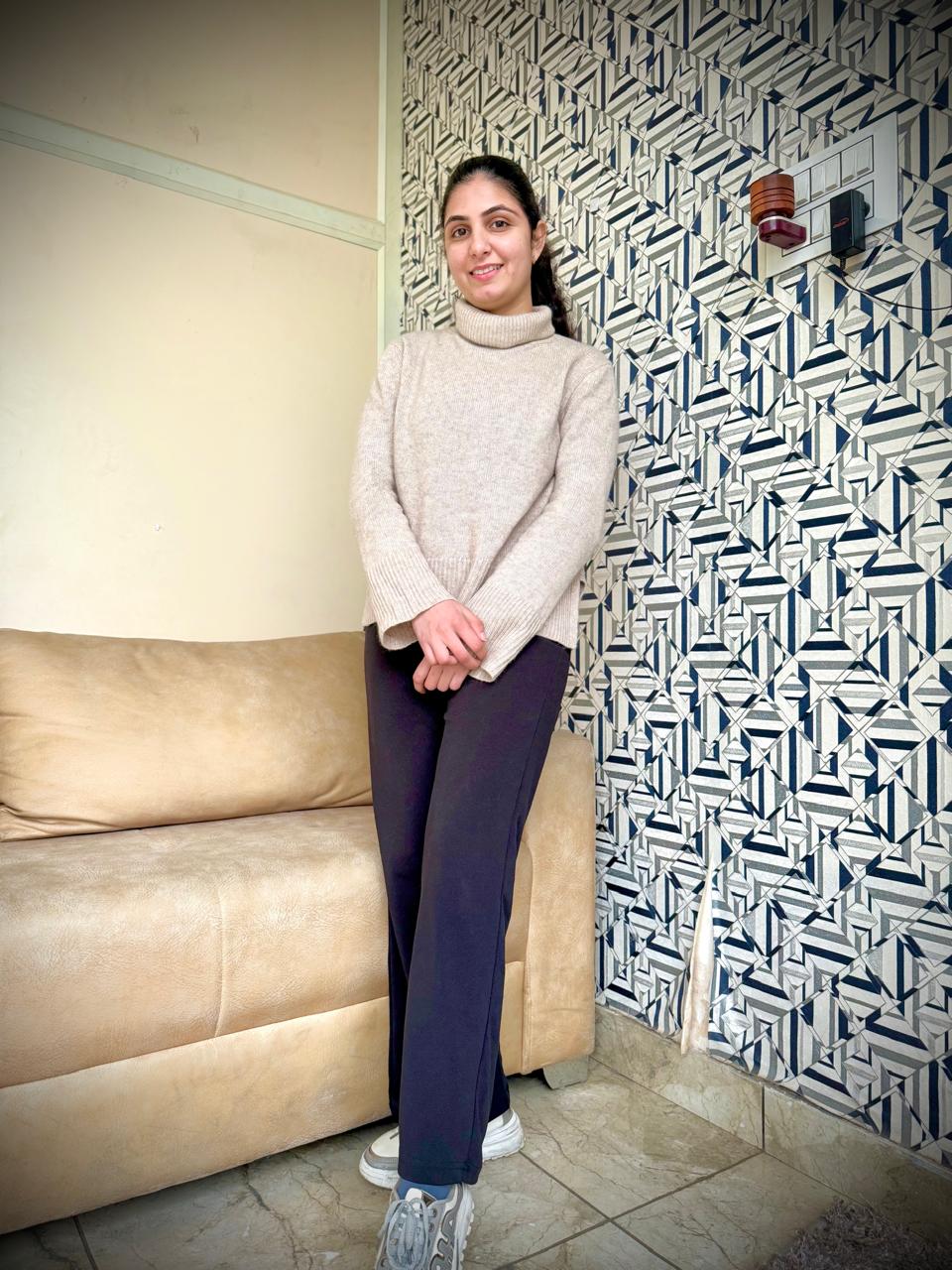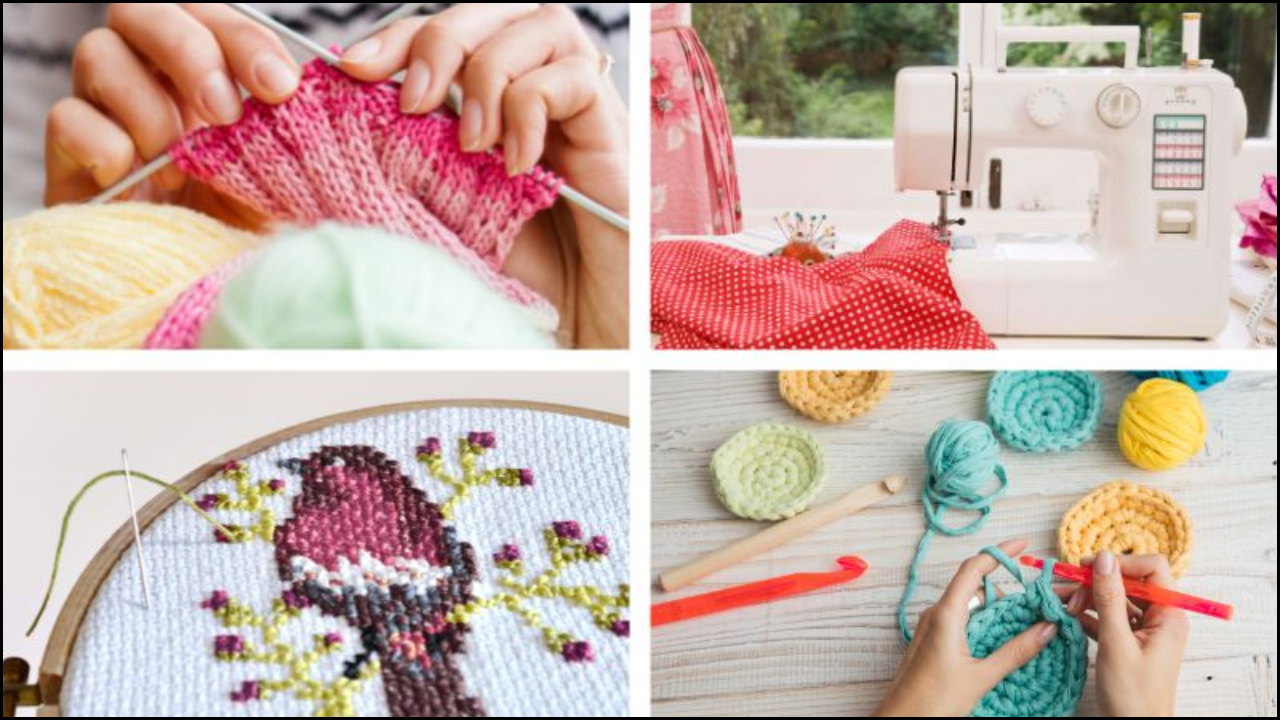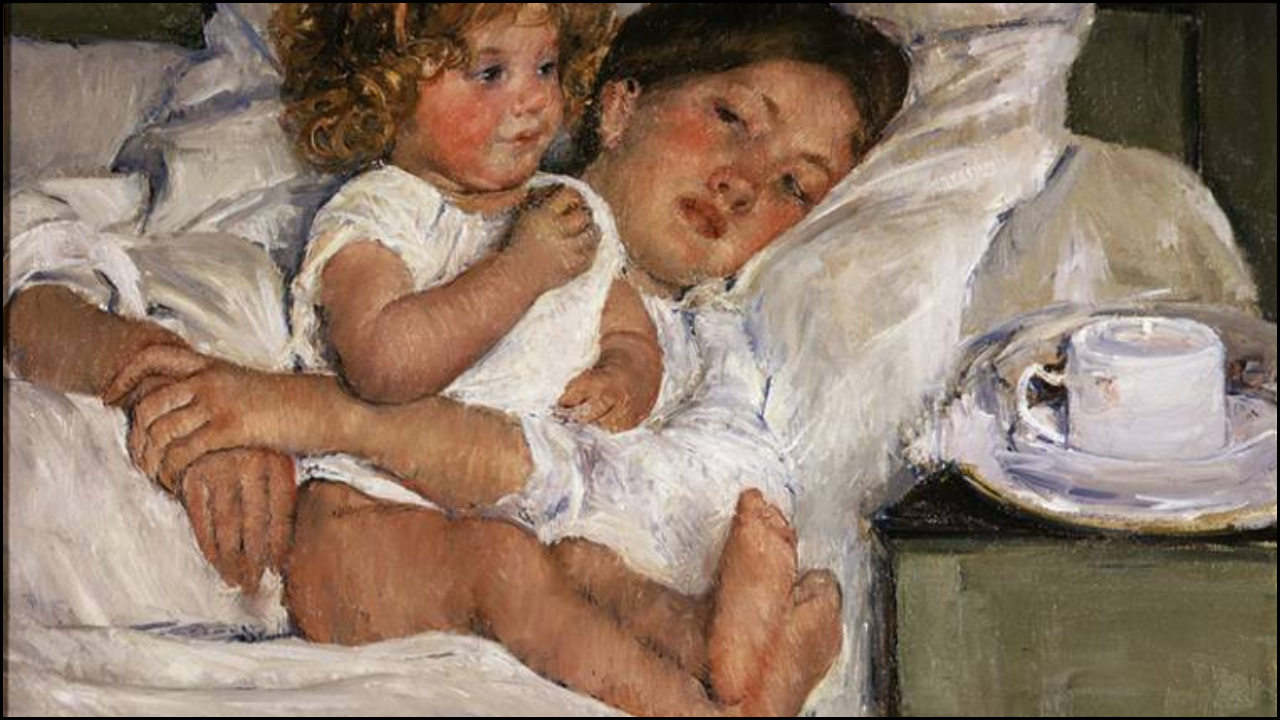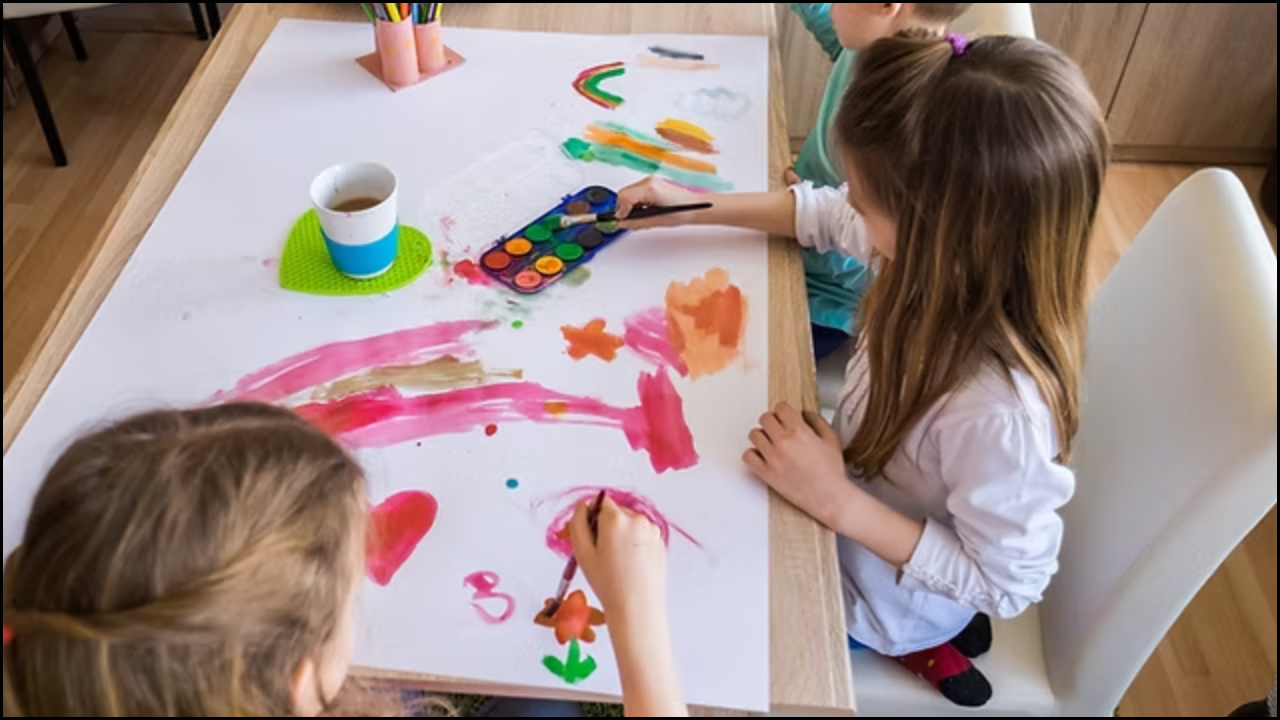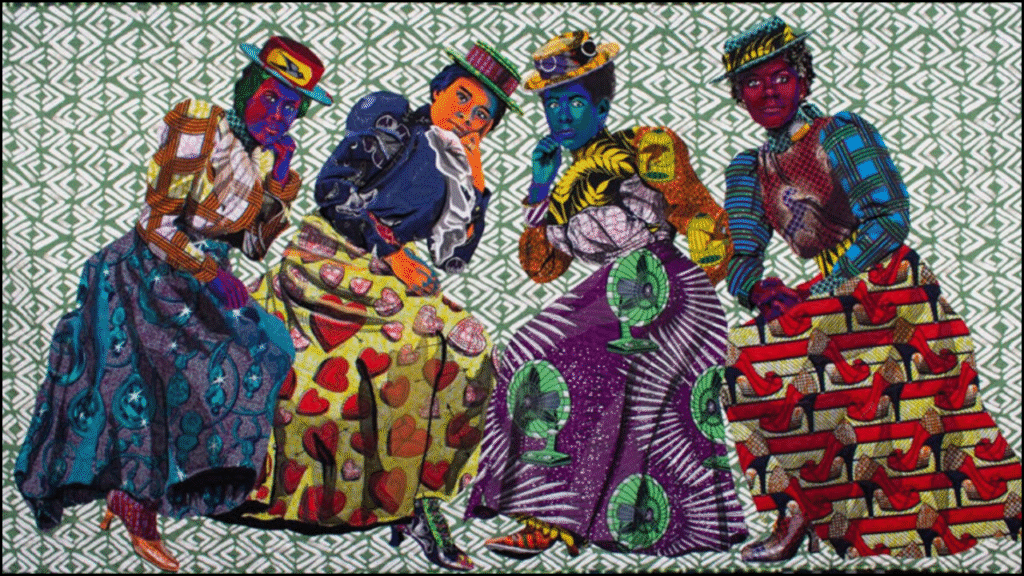
Craftivism has emerged as a unique cultural force blending creativity with activism. The practice transforms traditional craft methods into tools of social change, offering communities a way to communicate complex issues through handmade expression. The role of craftivism in modern art movements demonstrates how art can function as both aesthetic production and political engagement. A growing number of artists and collectives use textiles, embroidery, knitting, and other craft forms to highlight environmental, social, and political concerns.
Table of Contents
Definition and Origins of Craftivism
- Craftivism combines “craft” and “activism” to describe art practices using handmade objects as mediums for advocacy.
- Roots in tradition trace back to earlier centuries when crafts carried hidden political or feminist messages.
- Emergence in the 2000s gained momentum when artists started reclaiming crafts as valuable tools against mass production and capitalist consumer culture.
Philosophy Behind Craftivism
- Community-centered practice emphasizes collaboration over competition.
- Slow-making philosophy challenges fast consumption and encourages mindfulness.
- Accessibility of materials ensures that almost anyone can participate regardless of economic background.
- Everyday activism becomes possible as art is not confined to galleries but exists in streets, public spaces, and personal belongings.
Craftivism in Feminist Movements
- Historical connections exist between women’s work and undervalued domestic crafts.
- Feminist craftivists reclaim embroidery, quilting, and knitting to resist patriarchal dismissals of “women’s art.”
- Protest banners and textiles become visible feminist tools at marches and rallies.
- Body autonomy themes are often stitched, painted, or woven into textile-based installations.
Environmental and Sustainability Messages
- Upcycled materials are central to eco-craftivist practices.
- Textile waste reduction projects highlight the impact of fast fashion.
- Handmade protest art often critiques plastic use, deforestation, and climate inaction.
- Community workshops educate citizens about reusing fabrics and promoting circular economies.
Craftivism as Public Protest
- Knitted installations cover monuments or fences with political slogans.
- Street-based yarn bombing combines playfulness with resistance.
- Hand-sewn banners replace factory-printed protest signs, adding emotional labor to activism.
- Temporary public art ensures messages remain visible yet non-destructive.
Comparison of Craftivism and Traditional Activism
| Aspect | Craftivism | Traditional Activism |
|---|---|---|
| Medium | Handmade textiles, embroidery, knitting, crafts | Placards, speeches, marches, digital campaigns |
| Tone | Gentle, personal, symbolic | Direct, confrontational, mass-focused |
| Accessibility | Open to diverse skill levels and ages | Often requires organizational resources |
| Engagement | Encourages reflection and dialogue | Seeks immediate impact and mobilization |
| Visibility | Found in everyday spaces | Centered in rallies, events, and media |
Key Figures in Craftivism
- Betsy Greer is credited with popularizing the term “craftivism.”
- Sarah Corbett established the Craftivist Collective in the UK, focusing on “gentle protest.”
- Faith Ringgold integrated quilting with themes of race, gender, and civil rights.
- Guerrilla Knitters expanded yarn bombing into global protest art.
Role of Craftivism in Modern Art Movements
- Integration with contemporary art places craftivist works in galleries and biennales.
- Postmodern questioning challenges hierarchies of high and low art by elevating crafts.
- Social practice art overlaps with craftivism in community-driven projects.
- Intersectional expression blends race, gender, class, and ecological justice within handmade works.
Craftivism and Digital Platforms
- Instagram and Pinterest amplify the visibility of craftivist projects.
- Hashtag movements like #YarnBombing or #Craftivism spread globally.
- Virtual workshops enable cross-border participation.
- Hybrid activism combines online petitions with offline craft actions.
Challenges Faced by Craftivists
- Perception as “soft” activism leads some critics to dismiss it as ineffective.
- The time-consuming nature limits rapid response to urgent events.
- Misappropriation of craft aesthetics by corporations dilutes activist intent.
- Funding struggles hinder large-scale community projects.
Examples of Craftivist Campaigns
| Campaign Name | Method Used | Focus Area | Impact |
|---|---|---|---|
| Mini Protest Banners | Hand-stitched messages | Labor rights, climate change | Displayed in urban areas to spark reflection |
| Pink Pussyhats (2017) | Knitted hats | Women’s rights, equality | Became a global symbol at Women’s March |
| Greenpeace Quilt Projects | Quilting with recycled fabrics | Environmental sustainability | Raised awareness on climate change |
| Yarn Bombing Monuments | Knitted wraps for statues/fences | Anti-war, anti-racism protests | Attracted media attention and community debate |
Educational Role of Craftivism
- Workshops in schools integrate craftivism with civic education.
- University art programs include craftivism in the curriculum as a social practice.
- Community centers use craft sessions to foster intergenerational dialogue.
- Museum exhibitions showcase the activist potential of textiles and crafts.
Future of Craftivism in Modern Art Movements
- Increased collaboration with environmental and feminist NGOs.
- Integration with technology such as e-textiles and interactive fabrics.
- Greater recognition by major art institutions as legitimate activist art.
- Expanding global networks connecting artisans, activists, and educators.
Key Contributions of Craftivism to Modern Art
| Contribution | Explanation |
|---|---|
| Democratization of Art | Provides entry points for individuals outside formal art institutions. |
| Hybrid Activism | Combines creativity with activism, offering subtle yet powerful protest forms. |
| Revival of Traditional Arts | Protects endangered craft practices while reimagining them for modern causes. |
| Emotional Engagement | Generates empathy and reflection instead of aggression. |
| Cross-Movement Influence | Connects feminist, environmental, racial, and social justice struggles. |
Final Analysis
Craftivism demonstrates how art can function as a tool of activism while preserving the value of traditional craft. The practice contributes to modern art movements by offering accessible, emotional, and collaborative forms of expression. A new generation of artists and activists finds in craftivism a way to protest, educate, and inspire without relying solely on confrontational methods. The evolving role of craftivism ensures that handmade creativity continues to shape conversations about justice, identity, and sustainability in contemporary society.

